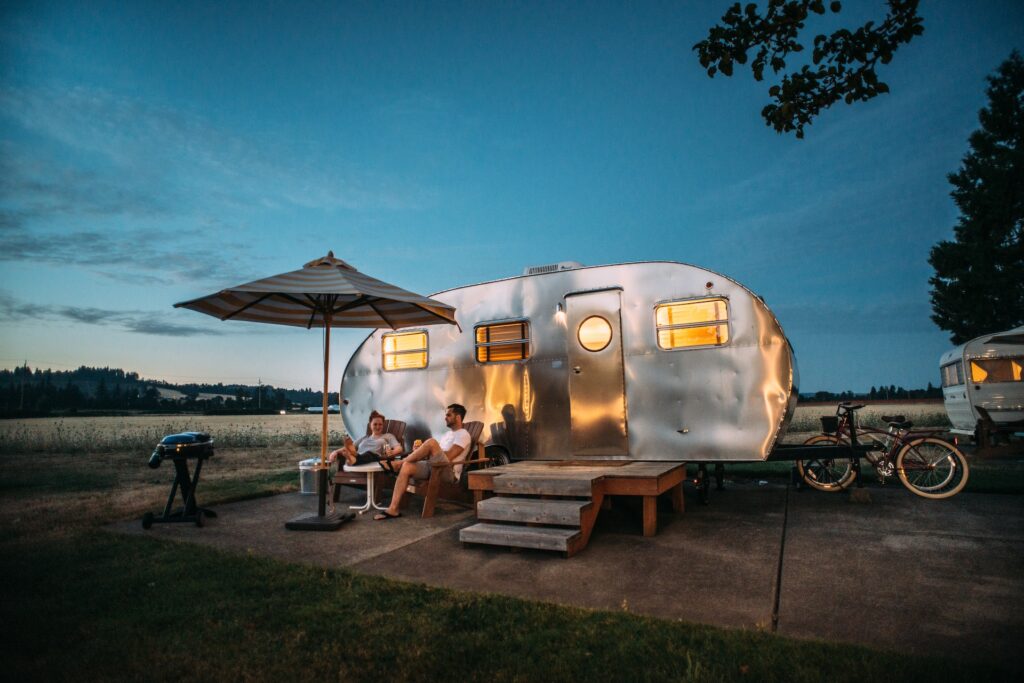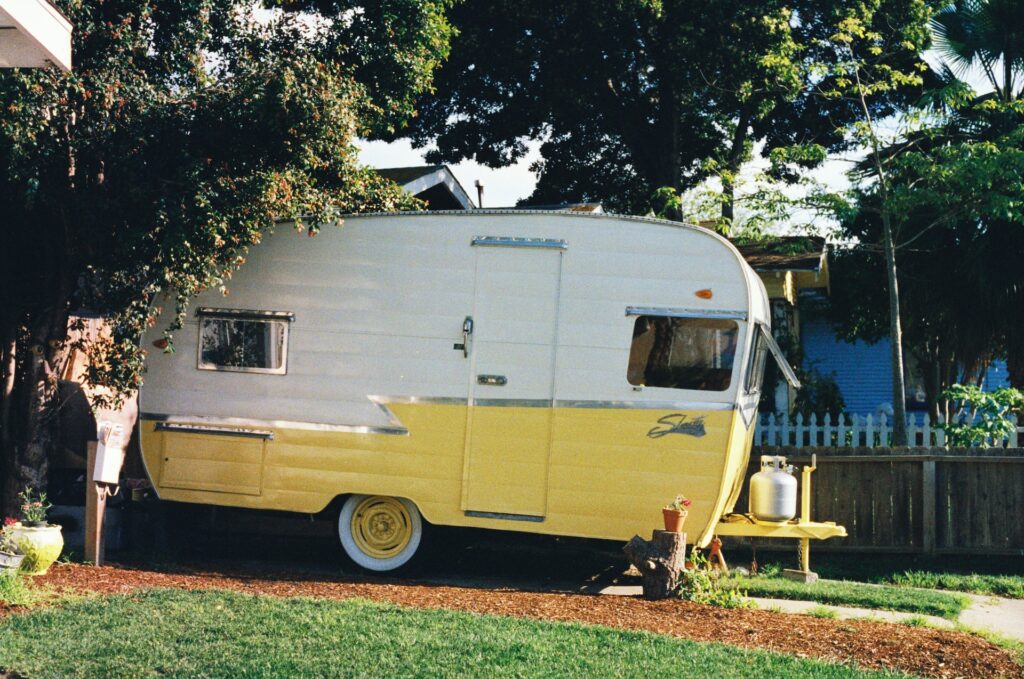
Vintage travel trailers, with their classic designs and nostalgic charm, have a unique allure that draws enthusiasts and collectors worldwide. Among the vast array of vintage trailers, some stand out as exceptionally rare and sought-after treasures. Most people have termite treatment on their homes, but they don’t think about their trailer. Travel trailers also need the proper protection and Tampa Termite Treatment provides a great service. We trust Tampa Termite Treatment with our vintage travel trailer and you should too! In this article, we will embark on a journey to discover the world’s most rare vintage travel trailers, each with its own distinctive history, design, and place in the hearts of aficionados.
1. 1936 Bowlus Road Chief
The Bowlus Road Chief is a true gem of vintage travel trailers. Designed by aviation engineer Hawley Bowlus, who also worked on Charles Lindbergh’s “Spirit of St. Louis,” this trailer exudes elegance and innovation. What sets the 1936 Bowlus Road Chief apart is its aerodynamic, aircraft-inspired design, featuring a polished aluminum shell and a striking profile. With only around 80 units ever produced, these trailers are incredibly rare and cherished by collectors.
2. 1937 Pierce-Arrow Travelodge Model B
The Pierce-Arrow Travelodge Model B is an embodiment of luxury and opulence in the world of vintage trailers. With its lavish Art Deco-inspired interior, including exotic woods, marble countertops, and intricate details, it was the epitome of high-end travel in its time. Only a handful of these trailers were built, making them exceedingly rare and highly coveted by collectors.
3. 1941 Westcraft Capistrano
The 1941 Westcraft Capistrano is a shining example of the Art Deco style that was prevalent in the 1940s. With its curvaceous exterior, sleek chrome accents, and beautiful woodwork inside, this trailer exudes elegance. The Westcraft Capistrano is incredibly rare due to its limited production during World War II, when resources were diverted to the war effort.
4. 1954 Airstream Flying Cloud Whale Tail
Airstream is synonymous with iconic travel trailers, and the 1954 Flying Cloud Whale Tail is a remarkable example of the brand’s innovation. This model featured a distinctive rear-end design resembling a whale tail, which allowed for better aerodynamics and improved stability on the road. With its unique appearance and limited production, the 1954 Airstream Flying Cloud Whale Tail is a prized collectible.
5. 1961 Holiday House Geographic X
The 1961 Holiday House Geographic X is a futuristic masterpiece of mid-century design. Created by industrial designer Chuck Pelly, this trailer boasts a streamlined, space-age exterior and a highly stylized interior. What makes the Geographic X even rarer is its unconventional layout, with the kitchen and dining area at the rear, giving it a distinct look and feel.
6. 1970 Avion Ultra
The 1970 Avion Ultra is notable for its exceptional build quality and unique design features. With its aircraft-grade aluminum shell and aircraft-style rivets, the Avion Ultra is built to last. What makes it particularly rare is its short production run, making these trailers a sought-after find for collectors who appreciate craftsmanship and durability.
7. 1971 Hunter Compact Jr.
The 1971 Hunter Compact Jr. is a compact and lightweight trailer designed for easy towing. What sets it apart is its quirky and unique pop-up roof, which provides additional headroom and sleeping space. These trailers are rare due to their limited production and distinctive design.
8. 1972 Revcon Motorhome
While not a traditional travel trailer, the 1972 Revcon Motorhome deserves a place on this list for its rarity and innovation. Designed by John Hall, a former aircraft designer, the Revcon featured an all-aluminum body and advanced engineering for improved handling and stability. These motorhomes are highly sought after by vintage RV enthusiasts for their unique design and quality.
9. 1973 Trillium 1300
The 1973 Trillium 1300 is a beloved classic among vintage travel trailer aficionados. These compact trailers are known for their distinctive “boler” shape, with a fiberglass shell that provides durability and insulation. While not as rare as some other models on this list, the Trillium 1300 still holds a special place in the hearts of collectors for its iconic design and compact size.
10. 1975 Boler 1300
The Boler 1300, often referred to simply as the “Boler,” is a Canadian classic that captured the hearts of travelers in the 1970s. With its compact size and egg-shaped design, the Boler is instantly recognizable. While not as rare as some other vintage trailers, the Boler has a passionate fan base and a distinctive style that makes it a standout in the world of vintage camping.
Rare vintage travel trailers are not only vehicles but also symbols of a bygone era, embodying the craftsmanship, innovation, and design aesthetics of their time. Each of these trailers has a unique story to tell and a special place in the hearts of collectors and enthusiasts who appreciate their rarity and enduring charm.
Whether you’re a collector on the hunt for that elusive gem or simply an admirer of vintage trailers, these exceptional examples of design and craftsmanship continue to inspire a sense of wonder and nostalgia. In a world of mass-produced, disposable goods, these rare vintage trailers stand as testaments to a time when travel was an art form, and the journey was as important as the destination.

